Natural Stone Tile
Natural Stone Tile
Natural stone is a huge part of the tile world. A few types are marble, slate, limestone, and granite. It can come in an array of colors, sizes, and textures, and can be cut, tumbled, polished, honed, flamed, brushed, chiseled, and subjected to any number of installation techniques. It’s known for its unparalleled elegance, and is appropriate for almost all spaces, making it a timeless choice for any project.
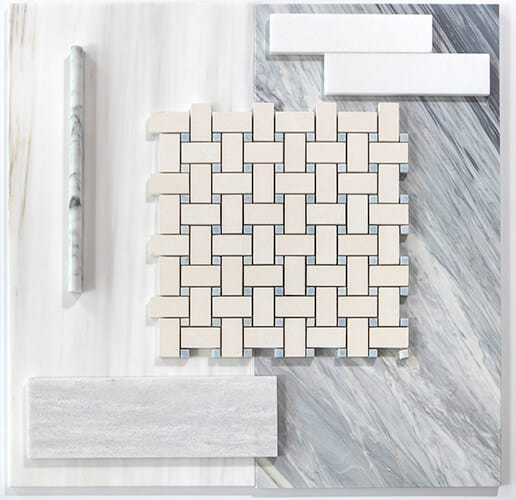
Natural Tile Selection
Inspiration
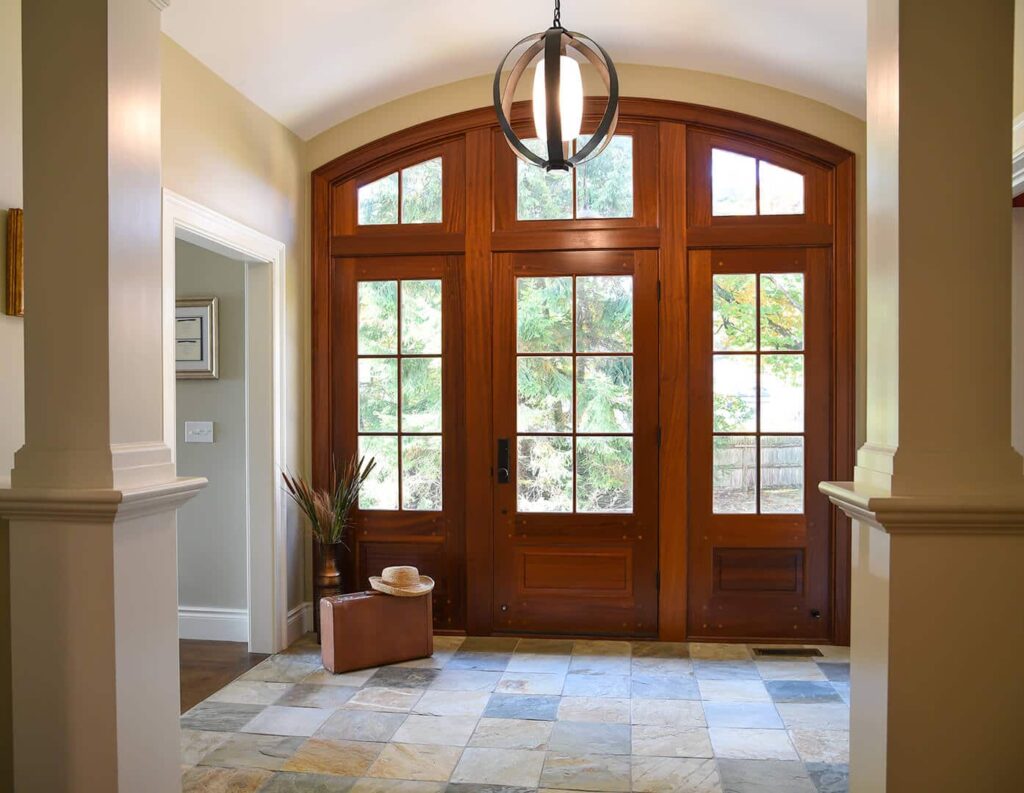
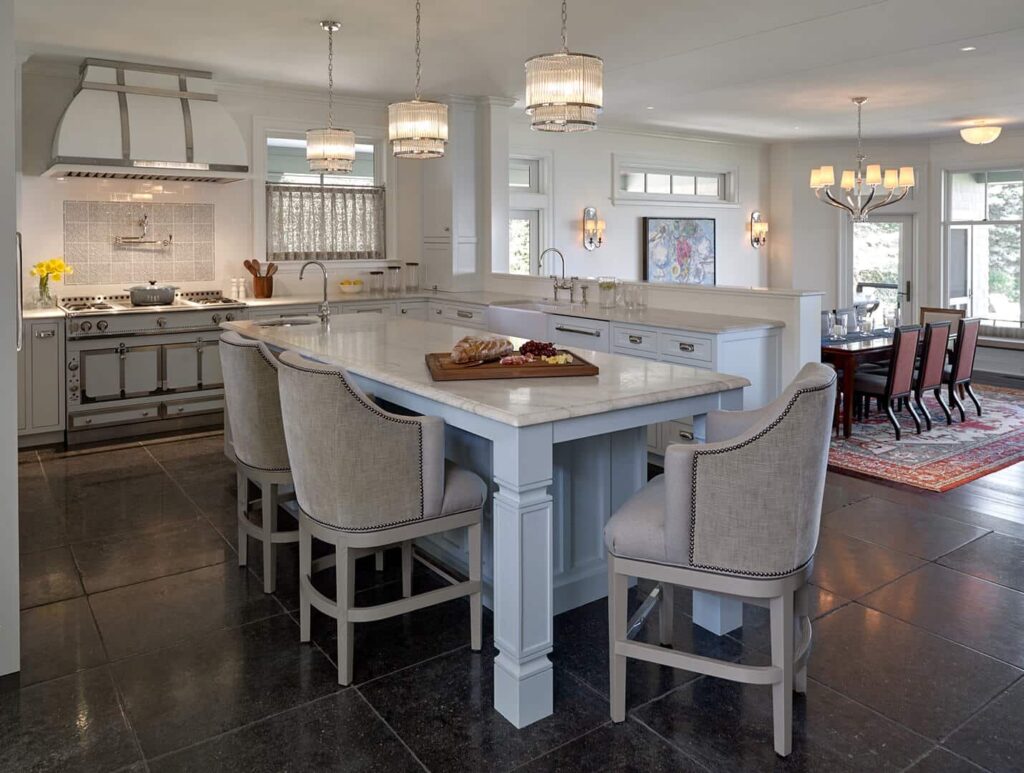
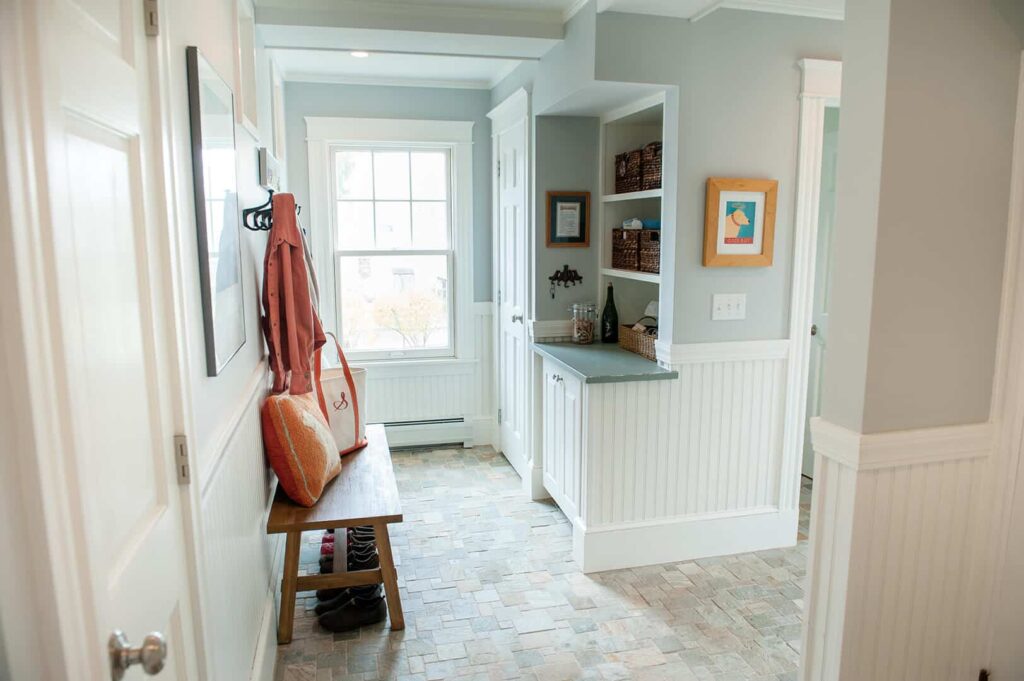
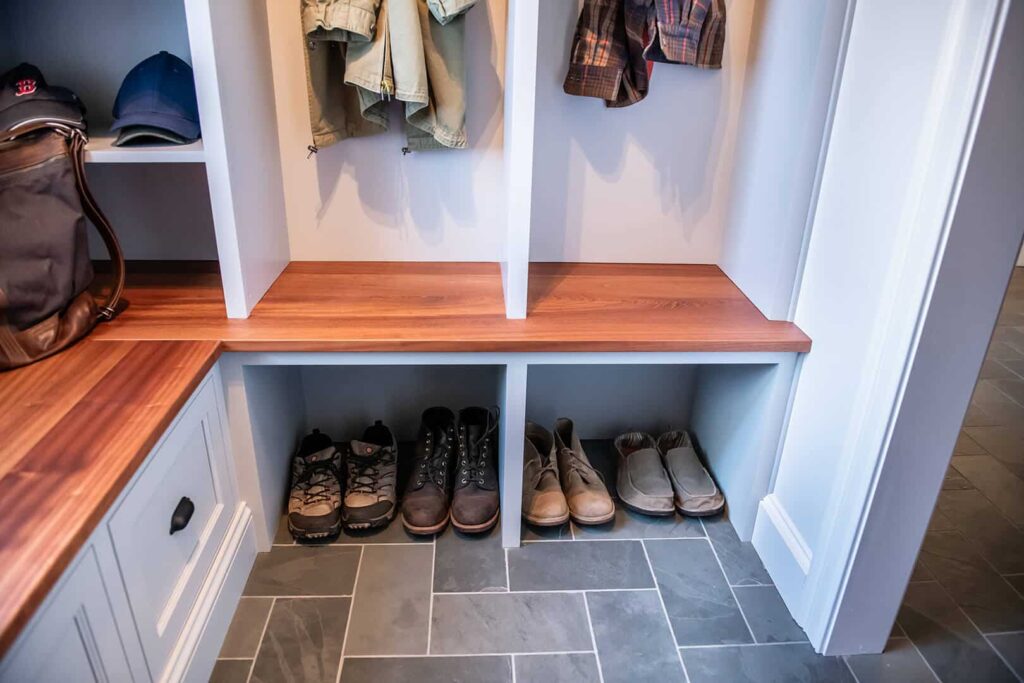
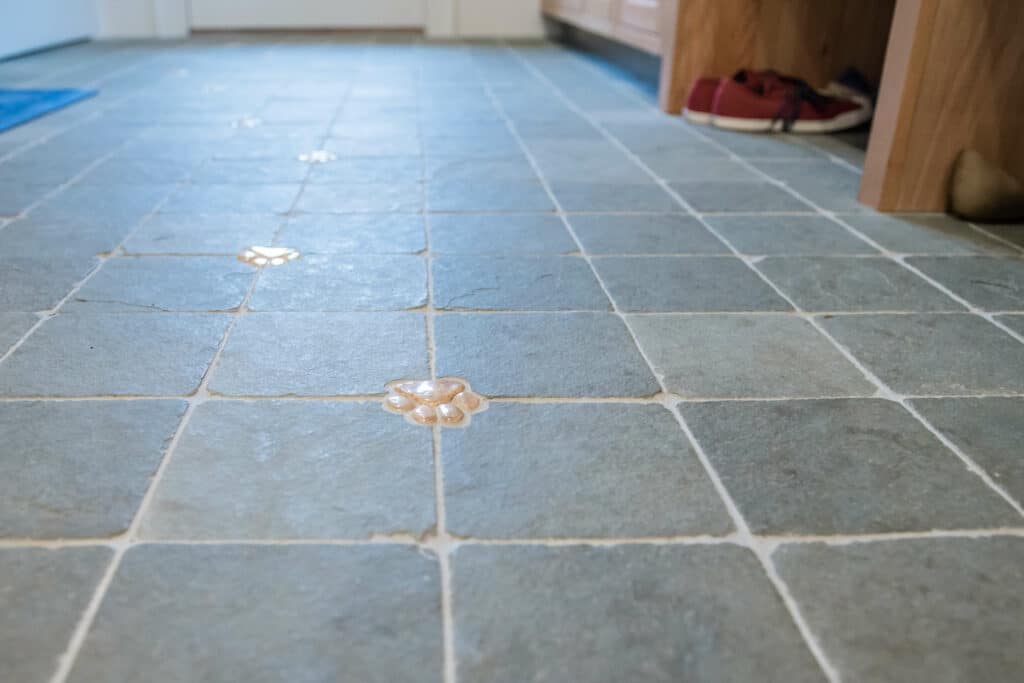
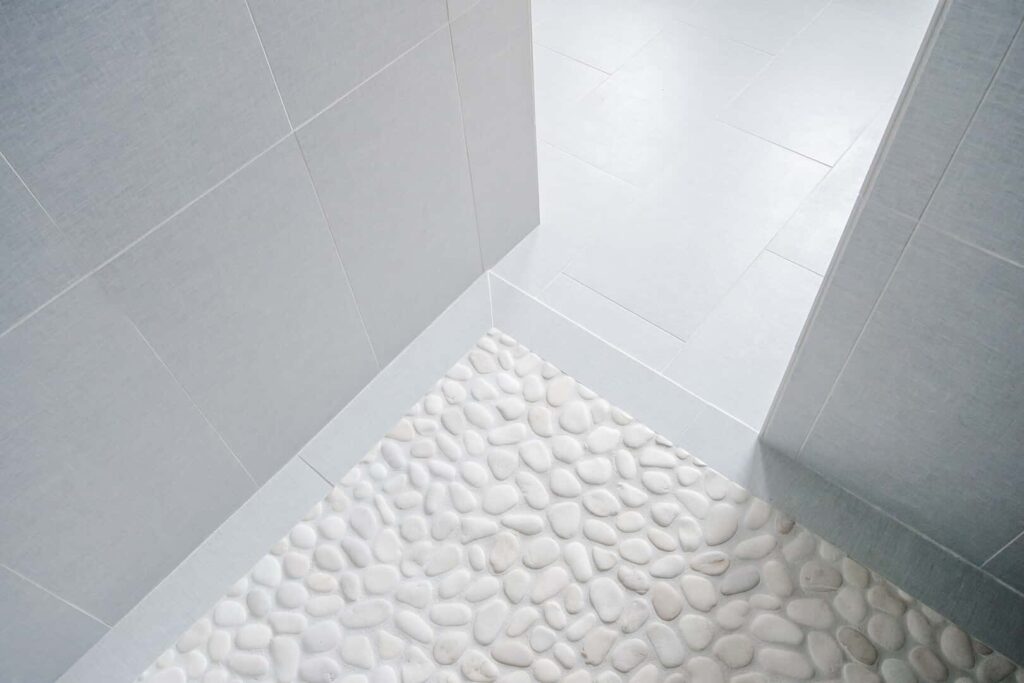
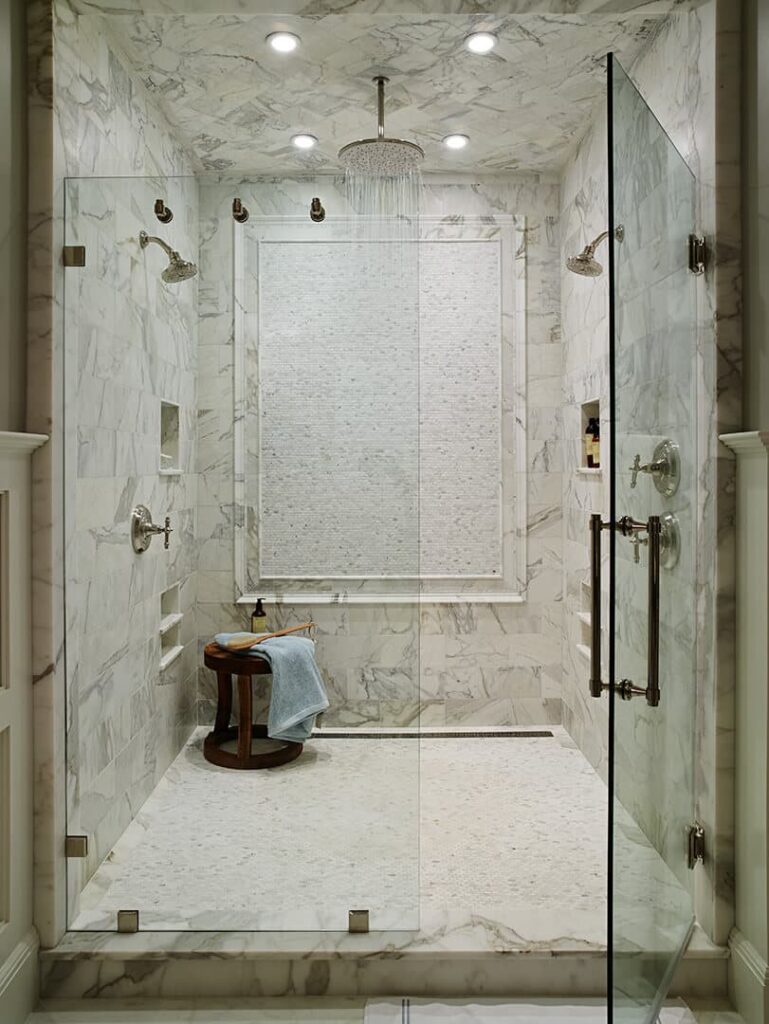
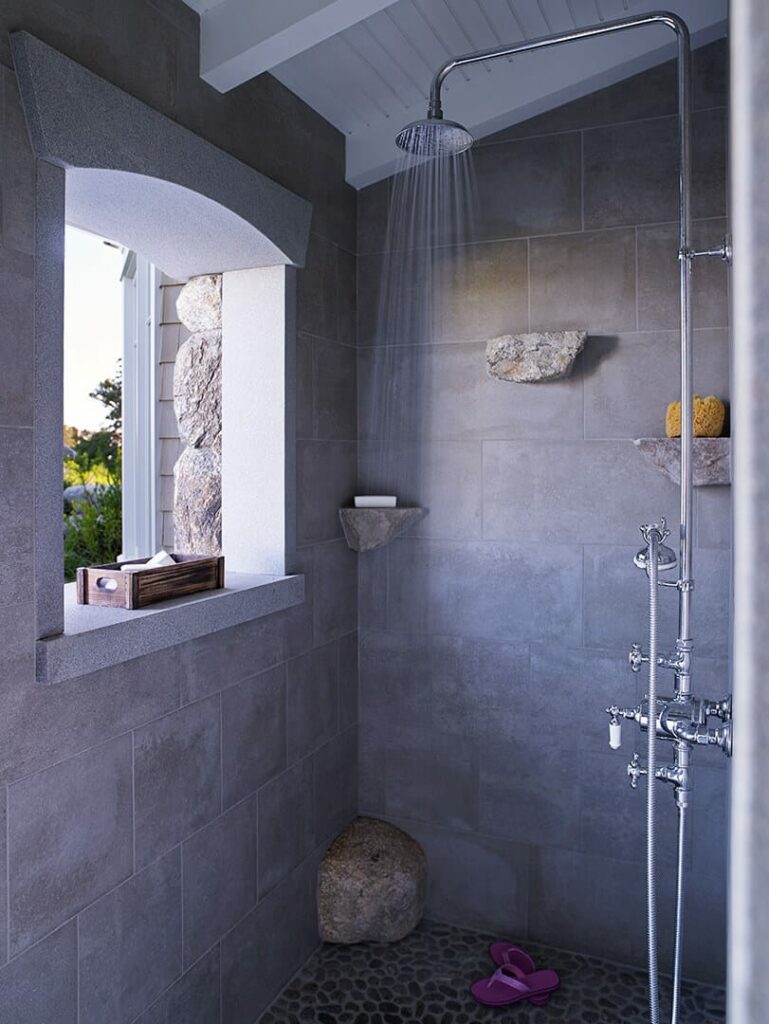
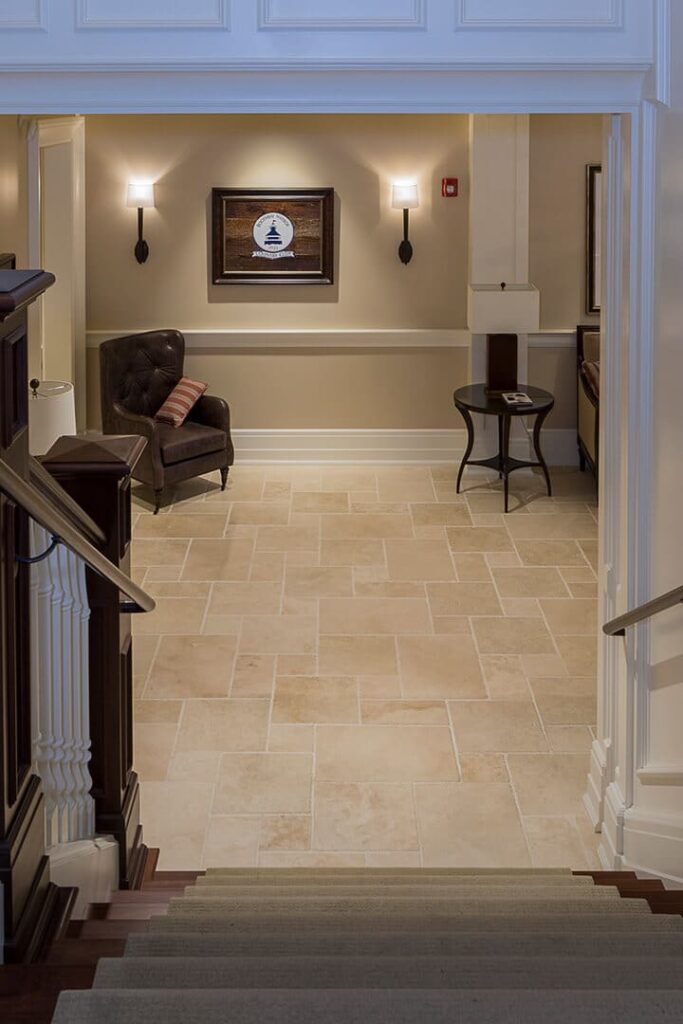

Frequently Asked Questions
Most Natural Stone products are versatile and can be used throughout the home, such as fireplace facings, ornamental furnishings, walls, and windowsills. You can use it on almost every surface, including vanities, shower walls, tub decks, and flooring. Stone products can come in a variety of shapes, sizes, and mosaics. You will often find mosaics as shower floor options because the size of the tile will help provide the correct pitch for your water to drain properly. All Natural Stone products must be sealed for long-term protection.
Stone surfaces are very easy to maintain. Clean the stone with warm water and mild liquid soap. Never use acid cleansers or abrasive chemicals on stone. Natural stone should be sealed after installation and every one to two years thereafter, depending on its application. Always follow tile manufacturer instructions. If instructions have not been provided to you, please ask your sales representative for the proper information.
Old Port Specialty Tile recommends Miracle Products for regular cleaning. These products can be purchased at our store. If you have questions regarding which products are appropriate for use in your tile installation, please ask a sales representative.
To ensure your natural stone products will provide you with a lifetime of aesthetics and utility, a proper maintenance program is crucial. Natural stone products are porous by nature and require a different maintenance program than traditional ceramic tile.
Many of the cleaners acceptable for use on ceramic tile can stain, damage or dull stone.
If any heavy-duty cleaning or stain removal is required contact an Old Port Specialty Tile representative to further discuss what products or actions to take.
There is no set rule on how often to seal your natural stone. Sealing can be as frequent as six months for higher traffic areas on marble, slate, travertine, and limestone or every couple of years for granite countertops. Also, some sealers provide for only a single application every ten years. Please review the guidelines for each individual sealer.
Old Port Specialty Tile recommends Miracle Products for regular sealing of your tile. These products can be purchased at our store. If you have questions regarding which products are appropriate for use in your tile installation, please ask a sales representative.
Natural Stone is a term used for products that are quarried from the earth. These products have been used for thousands of years, both as decorative elements and as building materials. Some of these products include Marble, Limestone, Travertine, Slate, Basalt, Granite, and others.
Marble is a metamorphic rock that was created through a metamorphosis involving heat and pressure. It was once limestone, but over time, the combination of intense heat and pressure caused the limestone to re-crystallize. Although normally white, the crystallization process can cause foreign substances to enter the stone and create an infinite variety of colors and textures. Other minerals often grow from impurities within the stone which can bring about veins and colored streaks. Marble is usually finely crystalline, hard, and dense and as a result can be highly polished. Marbles are also available in a honed or brushed finish for a more traditional look and must be sealed for long term protection. It is versatile enough for use throughout the home.
Limestone is a sedimentary stone, layered and formed from the skeletons and shells of sea creatures that lived in vast, warm seas millions of years ago. When mineral dolomite is present, it makes the limestone harder and capable of being polished in the same manner as metamorphic marble. Most limestones are generally pale and light in color, which makes them subtle and easy to blend into any color scheme. Limestone tiles & slabs are quarried throughout the world and are used extensively, not only for interior residential flooring, but also for exterior paving, commercial flooring, and large institutional projects. Limestones are durable, hard materials that are appropriate for any project. These materials are available in honed, sandblasted, bush-hammered, and (in some cases) flamed finishes. All limestones must be sealed for long-term protection.
Travertine is a sedimentary rock and type of Limestone formed hundreds of millions of years ago in areas where groundwater percolated through the forming stone creating holes and fissures throughout the body of the material. Extremely durable and hard, travertines are used throughout the world for major commercial projects. Most travertine is white or cream colored but can come in yellows, reds, etc. when minerals mix within the bed of the stone formation. It consists mainly of calcium carbonate. It forms when calcium carbonate separates from water through evaporation. Travertine is often used as a decorative building stone because it is easy to cut. These materials are available crosscut, honed, filled or unfilled, distressed, tumbled, or straight cut. Travertines must be sealed for long-term protection.
Slate is a hard, dense, and fine-grained low-grade metamorphic rock that splits into thin slabs along planar surfaces. This splitting, known as slatey cleavage, results from recrystallization under pressure and commonly develops at an angle to the bedding planes. Slates are formed from clays, shales, volcanic ash, and other fine-grained rocks. Minerals present are quartz, sericite, chlorite, graphite, titanium oxide, and iron oxides. Slate is commonly found in areas where shale has been subjected to heat and pressure during mountain building. It is impervious to freeze/thaw cycles and has been used in construction for thousands of years.
Basalt is a dark-colored, fine-grained extrusive igneous (volcanic) rock formed from the rapid cooling of basaltic lava exposed at or very near the surface of a planet or moon. It is composed mainly of plagioclase and pyroxene minerals. It most commonly forms as an extrusive rock, such as a lava flow, but can also form in small intrusive bodies, such as an igneous dike or a thin sill. Basalt underlines more of Earth’s surface than any other rock type. Most areas within the Earth’s ocean basins are underlain by basalt. Basalts must be sealed for long-term protection.
Granite is a coarse-grained igneous rock of even texture and light color, composed chiefly of quartzite and feldspars. It usually contains small quantities of mica or hornblende, and minor accessory minerals may be present. It is commonly believed to have solidified from molten rock (called magma) under pressure. Granite, quarried from the mountains of Italy, India, the U.S., and dozens of other countries around the world, is one of the most popular natural stones on the market. It is available in a striking array of colors, granite`s durability and longevity make it ideal for heavily used surfaces, including table tops and floors. Granite is also one of the most bacterial-resistant kitchen surfaces and is not affected by citric acid, coffee, tea, alcohol, or wine. It is nearly impossible to scratch, and with proper cleaning, will not stain under normal use.
